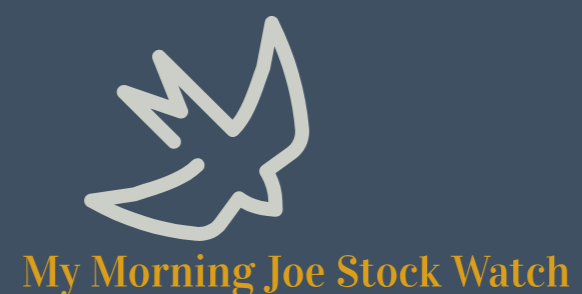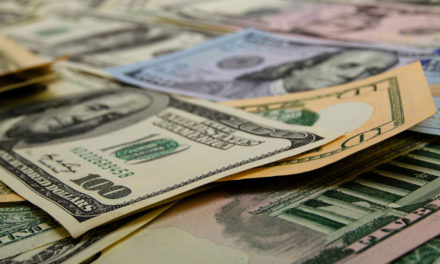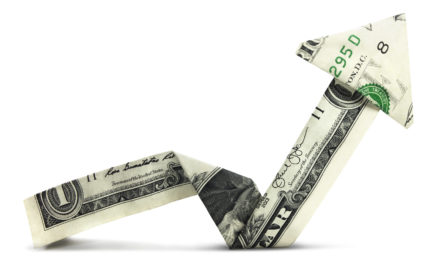
“Only buy something that you’d be perfectly happy to hold if the market shut down for 10 years.”
— Warren Buffett
This inspiring quote from Warren Buffett teaches us the importance of considering our investment time horizon when approaching any given investment: Could we envision ourselves holding the stock we are considering for many years? Even a ten year holding period potentially?
For “buy-and-hold” investors taking a long-term view, what’s important isn’t the short-term stock market fluctuations that will inevitably occur, but what happens over the long haul. Looking back 10 years to 2011, investors considering an investment into shares of Johnson & Johnson (NYSE: JNJ) may have been pondering this very question and thinking about their potential investment result over a full ten year time horizon. Here’s how that would have worked out.
| Start date: | 12/27/2011 |
|
|||
| End date: | 12/23/2021 | ||||
| Start price/share: | $66.02 | ||||
| End price/share: | $168.25 | ||||
| Starting shares: | 151.47 | ||||
| Ending shares: | 200.91 | ||||
| Dividends reinvested/share: | $32.63 | ||||
| Total return: | 238.03% | ||||
| Average annual return: | 12.96% | ||||
| Starting investment: | $10,000.00 | ||||
| Ending investment: | $33,814.41 | ||||
As we can see, the ten year investment result worked out quite well, with an annualized rate of return of 12.96%. This would have turned a $10K investment made 10 years ago into $33,814.41 today (as of 12/23/2021). On a total return basis, that’s a result of 238.03% (something to think about: how might JNJ shares perform over the next 10 years?). [These numbers were computed with the Dividend Channel DRIP Returns Calculator.]
Beyond share price change, another component of JNJ’s total return these past 10 years has been the payment by Johnson & Johnson of $32.63/share in dividends to shareholders. Automatic reinvestment of dividends can be a wonderful way to compound returns, and for the above calculations we presume that dividends are reinvested into additional shares of stock. (For the purpose of these calcuations, the closing price on ex-date is used).
Based upon the most recent annualized dividend rate of 4.24/share, we calculate that JNJ has a current yield of approximately 2.52%. Another interesting datapoint we can examine is ‘yield on cost’ — in other words, we can express the current annualized dividend of 4.24 against the original $66.02/share purchase price. This works out to a yield on cost of 3.82%.
Here’s one more great investment quote before you go:
“You can get in much more trouble with a good idea than a bad idea, because you forget that the good idea has limits.” — Benjamin Graham




